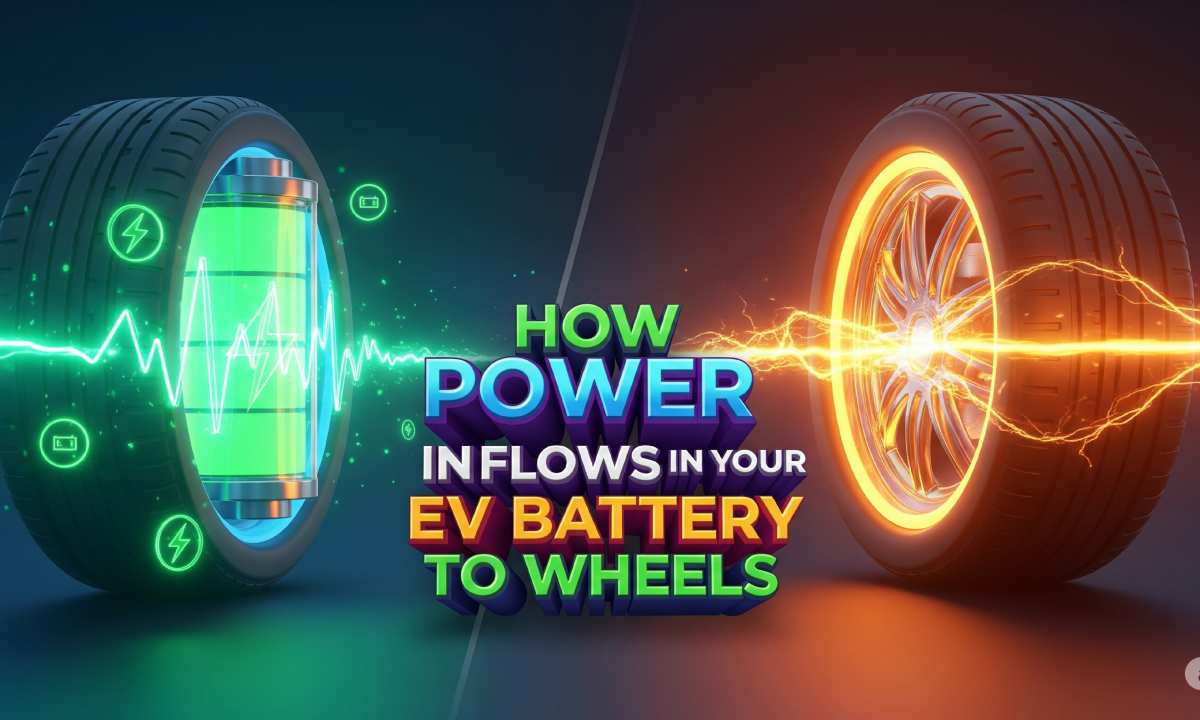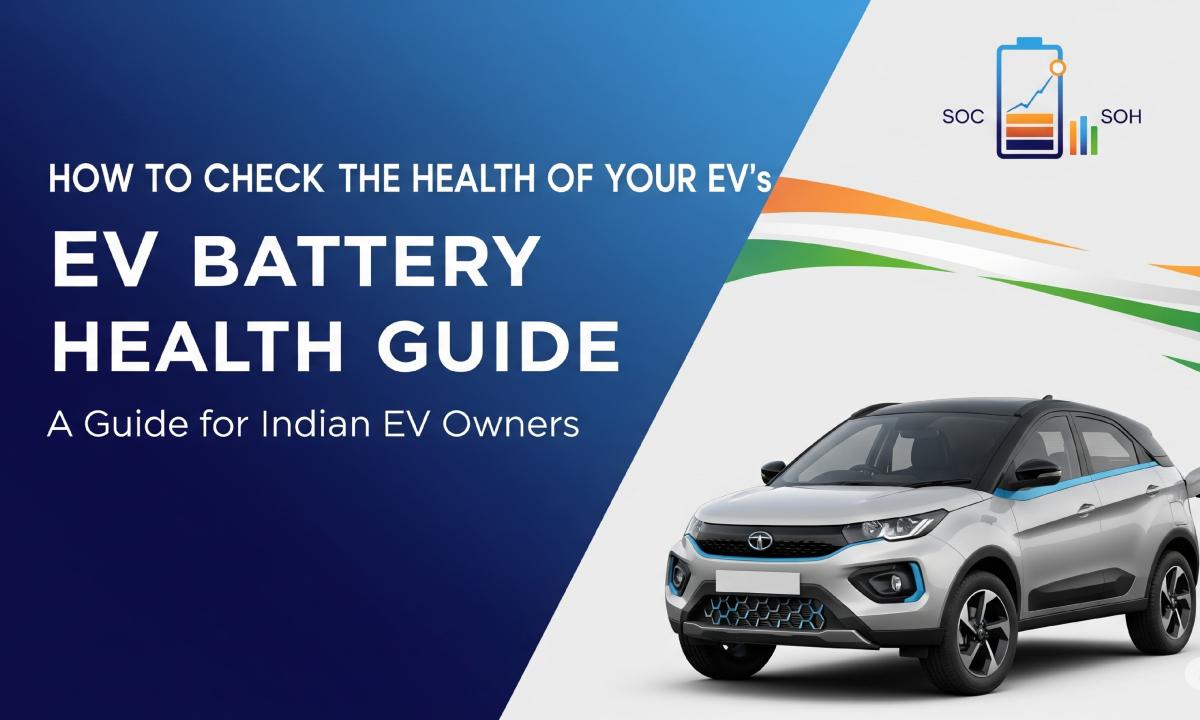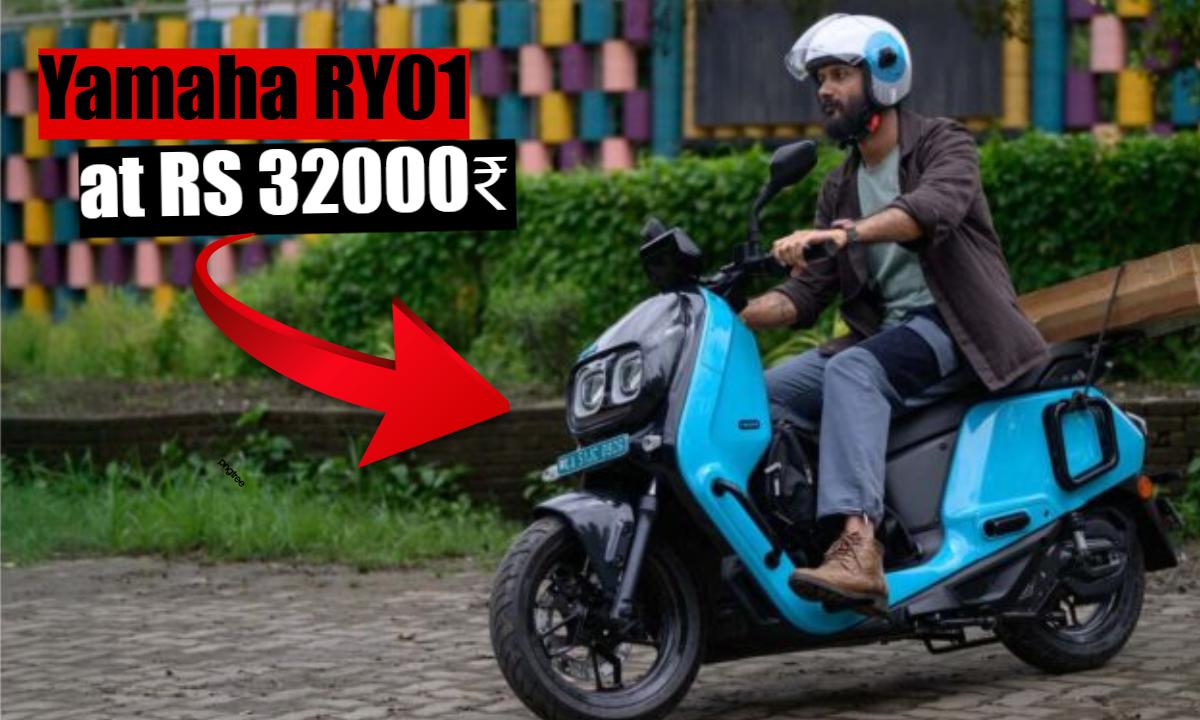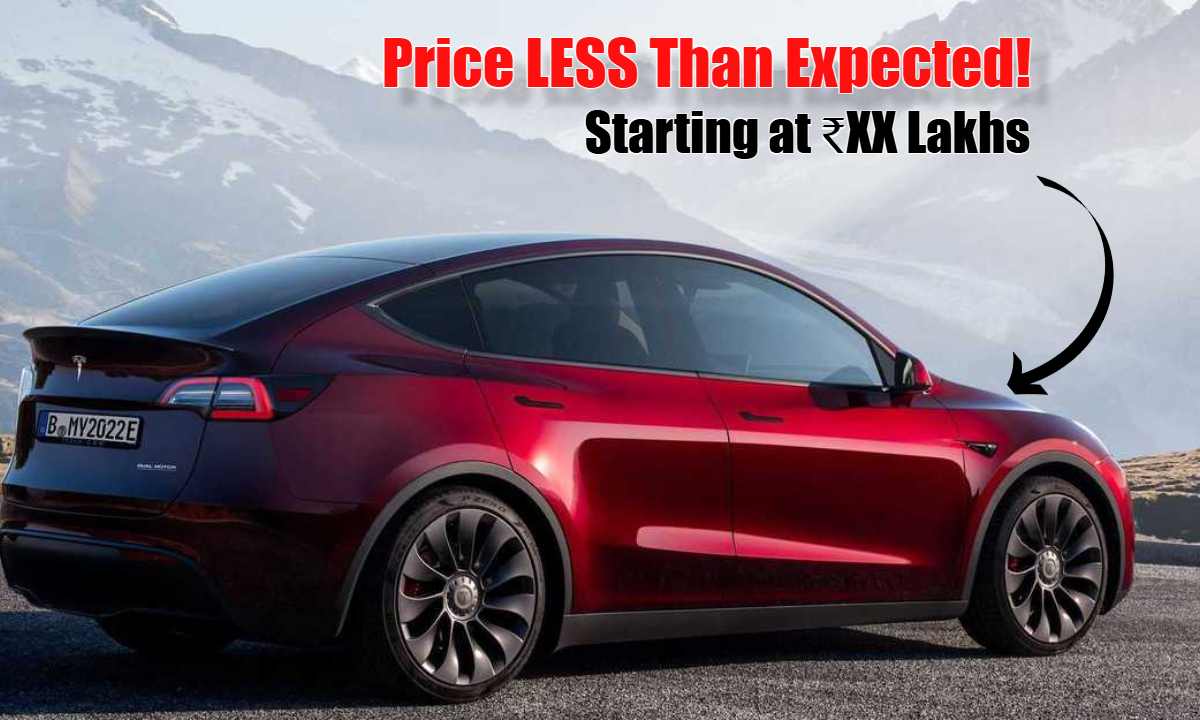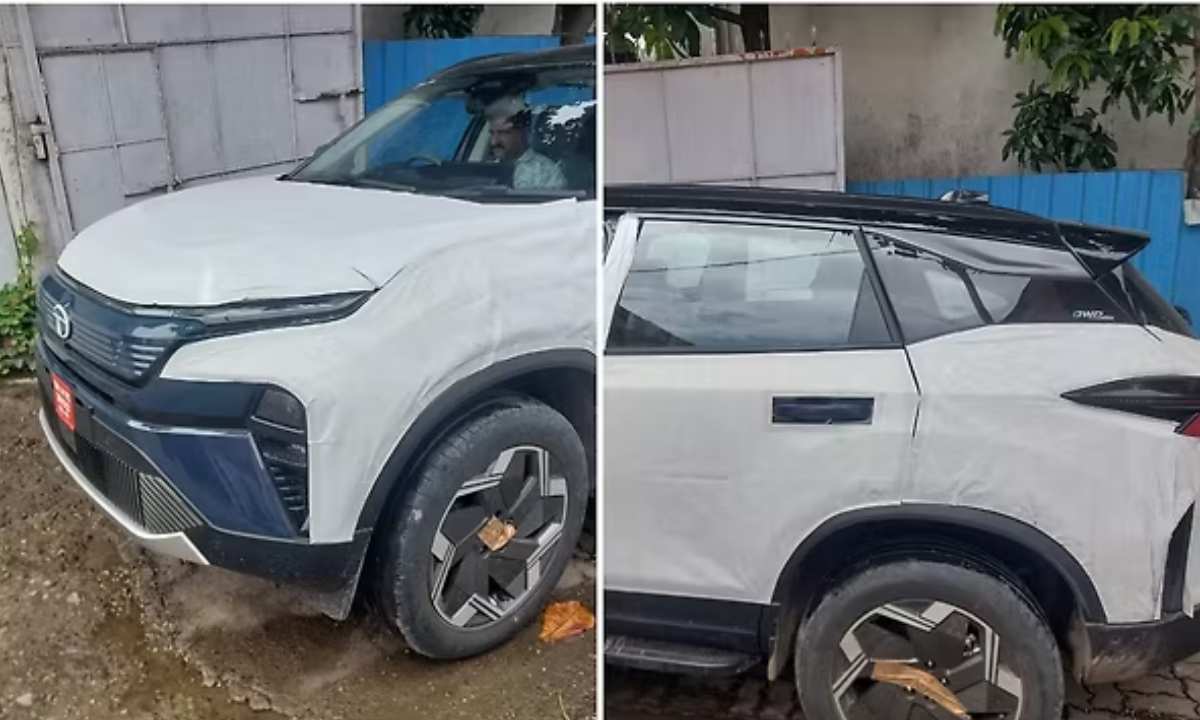If you’ve been hearing the buzz about “regen” while zipping through the streets of Mumbai or cruising along Bengaluru’s ORR, you’re not alone! Whether you’re a Gen Z scooter enthusiast or a family driver eyeing that shiny new electric car, regenerative braking—often just called “regen”—is a term that’s hard to miss. It’s a clever feature in electric vehicles (EVs) that’s changing the way we drive, from zippy two-wheelers to premium sedans. So, what’s this regen thing all about, and why should it matter to us in India? Let’s dive in with a cup of chai and break it down!
What Do Regular Brakes Do?
Before we get to the fancy stuff, let’s talk about the brakes we’ve all grown up with. Picture yourself driving down the Delhi-Gurgaon expressway at 60 km/h, and you suddenly need to slow down for traffic. You hit the brake pedal, the brake pads press against the discs, and friction does its job. Your car slows down, but all that energy from your moving vehicle? It turns into heat and just floats away into the air. It’s like burning a perfectly good paratha—effective, but such a waste!
The Issue: Wasting Precious Energy
Getting your car or scooter moving takes a ton of energy, especially with those fuel prices we all grumble about. But when you brake the old-school way, all that energy you used to speed up vanishes as heat. Not cool, right? That’s where regenerative braking swoops in like a superhero to save the day.
Regenerative Braking: What’s the Big Idea?
Regen braking is all about being smart with energy. Instead of letting it go to waste as heat, this system captures the energy from your moving vehicle when you slow down and stores it back in the battery. It’s like recycling that last bit of sabzi into a tasty new dish for tomorrow!
If you’re a Formula One fan, you might recall something called KERS (Kinetic Energy Recovery System) from those high-speed races. Regen braking in EVs is a bit like that, but designed for our everyday drives through chaotic city traffic or long highway stretches.
How Does It Actually Work?

In an EV, the electric motor usually pulls power from the battery to spin the wheels and get you moving. But with regenerative braking, it’s like flipping a switch. When you ease off the accelerator, the wheels keep spinning and turn the motor into a mini generator. This creates electricity that flows back into the battery.
Think of those hand-cranked torches you’ve seen at a camping store in Malleswaram or online. You turn the handle, and it lights up. Regen braking does the same thing, but on a much bigger, high-tech scale, powering your EV for the next leg of your journey.
Bigger Vehicles, Bigger Savings
The heavier and faster your vehicle, the more energy it has while moving, and the more juice regen braking can squeeze back into the battery. That’s why a hefty electric SUV like the Mahindra XUV400 can recover more energy than, say, a zippy Ather 450X scooter. Two-wheelers, being lighter and often slower, have less energy to work with, so regen isn’t as common or impactful on them. But in cars? It’s a game-changer.
Feeling the Regen Magic
If you’ve ever driven an EV—maybe a friend’s Tata Nexon EV or an Ola S1 Pro—you might’ve noticed it slowing down on its own when you lift your foot off the accelerator. That’s not your regular brakes at work; it’s regen kicking in! The motor is busy generating power and sending it back to the battery, giving you that smooth deceleration.
Many EVs even let you tweak how strong this effect is. You can go for a gentle regen for a relaxed vibe or crank it up for a sharper slowdown that feels almost like braking. It’s like choosing between a light tap on the brakes or a full-on stop at a traffic signal.
One-Pedal Driving: The Future Is Here
Some EVs take it a step further with something called one-pedal driving. Imagine driving through Hyderabad’s busy streets using just the accelerator pedal. Press it to speed up, ease off to slow down. Somewhere in the middle of the pedal’s range—say, around 50%—is a sweet spot. Push past it to zoom ahead, ease off to let regen slow you down. It’s a dream in stop-and-go traffic, making your drive feel effortless and futuristic.
Bonus Perk: Saving on Brake Repairs
Here’s something every Indian driver will love: regenerative braking means less wear on your regular brakes. Since the motor does most of the slowing down, your brake pads and discs don’t take as much of a beating. That’s fewer trips to the service centre and more money saved for that weekend getaway to Goa!
Why Keep Regular Brakes, Then?
If regen is so awesome, why do EVs still have traditional brakes? Well, it’s all about safety. Regen can’t deliver the instant, hard-stopping power you need when a cow suddenly steps onto the road (we’ve all been there!). It also doesn’t work as well on slippery monsoon roads, where precise brake control is crucial. Plus, no system can capture all the energy—some still gets lost. So, regular brakes are there to back up regen when the situation demands it.
A Tiny Hiccup: Brake Blending
There’s one small quirk with regen braking called brake blending. When you press the brake pedal, the car starts with regen to slow down. If you need more stopping power, it switches to friction brakes. Sometimes, this switch can feel a bit clunky, like a gear change in an old manual car. But don’t worry—newer EVs are getting smoother at this with every model.
Why Regen Is a Big Deal for India
Regenerative braking isn’t just a cool tech trick; it’s a step toward smarter, greener driving. As EVs pop up everywhere—from the bustling streets of Chennai to the quieter roads of tier-2 towns like Jaipur—this technology is helping us make the most of every charge. It’s about stretching that battery life, saving on maintenance, and driving a little greener in a country where every paisa and every drop of energy counts.
Next time you’re in an EV and feel it slow down without touching the brake, you’ll know it’s not just tech wizardry—it’s regen at work, putting energy back into your ride. So, here’s to driving smarter, saving more, and enjoying the journey, one regen brake at a time!


